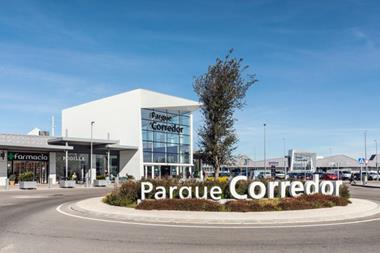Reducing supply chain costs and keeping up with the fast changing consumer markets are the two main issues facing the European logistics property segment over the next five years, according to Jones Lang LaSalle.
Reducing supply chain costs and keeping up with the fast changing consumer markets are the two main issues facing the European logistics property segment over the next five years, according to Jones Lang LaSalle.
Most end-users polled for JLL's inaugural Logistics & Industrial Survey selected the pressure to cut costs as the most important factor for the industry, with a weighting of 75%. The need for flexibility to respond to changes in the consumer market was second on 65%.
Over a dozen other trends were also rated in terms of importance, ranging from growth in internet retailing (45%) to the rising importance of sustainability (about 30%) to the increase in investor levels in the bottom position on 5%.
Alexandra Tornow, head of EMEA logistics and Industrial Research at JLL, said the ranking of the priorities was not in itself a surprise. 'What surprised me was how strong the first two issues were leading - almost all respondents put them on top of trends ranking. This is a strong call to highlight that the sector needs to look at costs and changes in consumer market to remain competitive.'
Jones Lang LaSalle, Tornow said, intends to conduct the survey annually in order to track changing trends and sentiment in the market. 'Investors want to know what product in the future will attract the most end-user interest,' Tornow said.
The survey was conducted last spring about a range of end-users, with third-party logistics suppliers (3PLs) making up a quarter of the respondents. The other largest groups were retailers (20%) and manufacturers (15%).
When asked about expected changes in market conditions over the next 12 months, 65% of respondents said conditions would likely remain the same and almost 30% thought conditions might improve.
That end users appear quite positive in the uncertain economic climate may have been influenced by two factors, Tornow said. The survey was conducted in spring after signs of improvement at the beginning of the year. Secondly, end-users and logistics property owners, she said, appear to have accepted they have to change and adapt to fast pace of change in the market.
Tornow: 'Occupiers are looking very closely at location as they need to be close to their suppliers or to their customers. They will prefer infrastructure-strong locations and modern is key.'
The survey funding indicates the big box segment will continue to grow as end-users move to consolidate and centralise their supply chain activities. 'On the other hand we will also see the emergence of different and smaller space closer to the main cities, driven by the emerging demands of internet sales and home delivery,' Tornow said.










